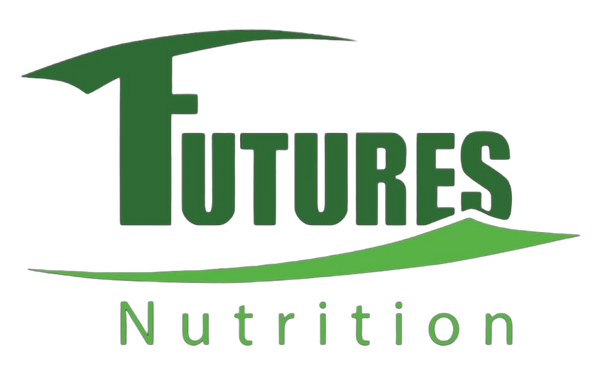
Vitamin D3 5000 IE daily
Share
Vitamin D3 5000 IE daily

Can I take 5000 I.e every day. Take vitamin D3?
It is always helpful to know which nutrients you take on how much you take it and how high the healthy amount of each individual is. This is the basis for a balanced, nutrient-rich diet.
To know what is a healthy diet, you need to know that there are two types of nutrients: macronutrients and micronutrients. Macronutrients are the nutrients that they need in large quantities and make up most of their diet. These are carbohydrates, fats and proteins. Then the micronutrients come. These are needed by your body in tiny quantities and contribute to the smooth functioning of your body. These are vitamins and minerals.
In the following we want ourselves with Vitamin D3 and his recommended feed. Vitamin D3 is a vital vitamin. It not only promotes our growth and immunity, but also prevents diseases.
How much vitamin D3 should you take daily?

A balanced diet requires sufficient amounts of all nutrients. What amount of vitamin D3 should you take every day? Nutritionists give a span for the daily intake of vitamin D3, which is between 5000 I.e. and 20,000 I.e.
Can I take 5000 I.e every day. Take vitamin D3?
The recommended value for the inclusion of vitamin D3 starts at 5000 I.e. so that you can easily and safely 5000 I.e. Vitamin D3 can take daily. According to nutritional scientists and food scientists, you can get up to every day 20,000 I.E. Vitamin D3 To take himself without taking them harming or toxic.
This is the best recommended area for taking vitamin D3. The intake of vitamin D3 in this area does not only protect them from diseases, but also promotes their growth and keeps them healthy. This is the ideal intake that you should start with your diet.
What are the guidelines for the vitamin D3 feed?

You need to know that 5000 I.e. Until 20,000 I.E. The recommended daily dose (Recommended Daily Allowance, RDA) is for vitamin D3 and that there are other receiving guidelines for each nutrient. For example, the RDA covers the nutrient requirement of 97% of all persons of a particular group of the same sex and age.
The upper tolerable intake quantity (UPper Tolerable Intake Limit, UL) is another important guideline that it should be noted. The UL is the maximum quantity of a nutrient that can absorb its body without damage or manifest than toxicity. For Vitamin D3 is 50,000 I.e. You must be careful when taking Vitamin D3 and must not take too much vitamin D3 to make greater benefits. This brings no further benefit, but only harms.
Compliance with the receiving guidelines contributes to putting the course for a balanced diet and to get the most out of its food by setting limits.
Who fixes the consumption guidelines?

You are sure who defines the guidelines for the intake of all nutrients and how they determine the reasonable daily needs on all nutrients. The recording guidelines are referred to as reference values for nutrient supply (DIRY REFERENCE INTAKES, DRIS) and determined by the Food and Nutrition Board (FNB) composed of nutritional scientists, food scientists and physicians.
FNB examines the effects of different nutrients on the body based on various experiments and studies. The different amounts of the individual nutrients are examined and recorded on their positive and negative effects. Patients with different diseases are examined for deficiency symptoms, and all data is collected. The guidelines we see that we see. They are based on the enormous amount of data collected and will be revised for new findings.
How can I get vitamin D3?
With food: Unfortunately, there is not much vitamin D3 in generally available foods. In some foods such as milk and grain, it is added to increase the nutritional value. However, in mushrooms, it is natural.
Sunlight:
An interesting fact over Vitamin D3 is that it is known as "sunshine vitamin", which refers to the fact that vitamin D3 is converted into active vitamin D under the light of the sun. So you can get vitamin D3 by stopping each day for 15-30 minutes in the sun. Vitamin D3 can not only take on the diet, but also over the sun.
credentials
- Raman, Ryan. "How to get vitamin D from the sun." Healthline, Healthline Media, 28 Apr. 2018,
- Stines, Yvelette. "Why you need vitamin D3." Erywell health,
- "Vitamin D2 vs. D3: Benefits, Differences, and more." Medical news today, Medilexicon International,
